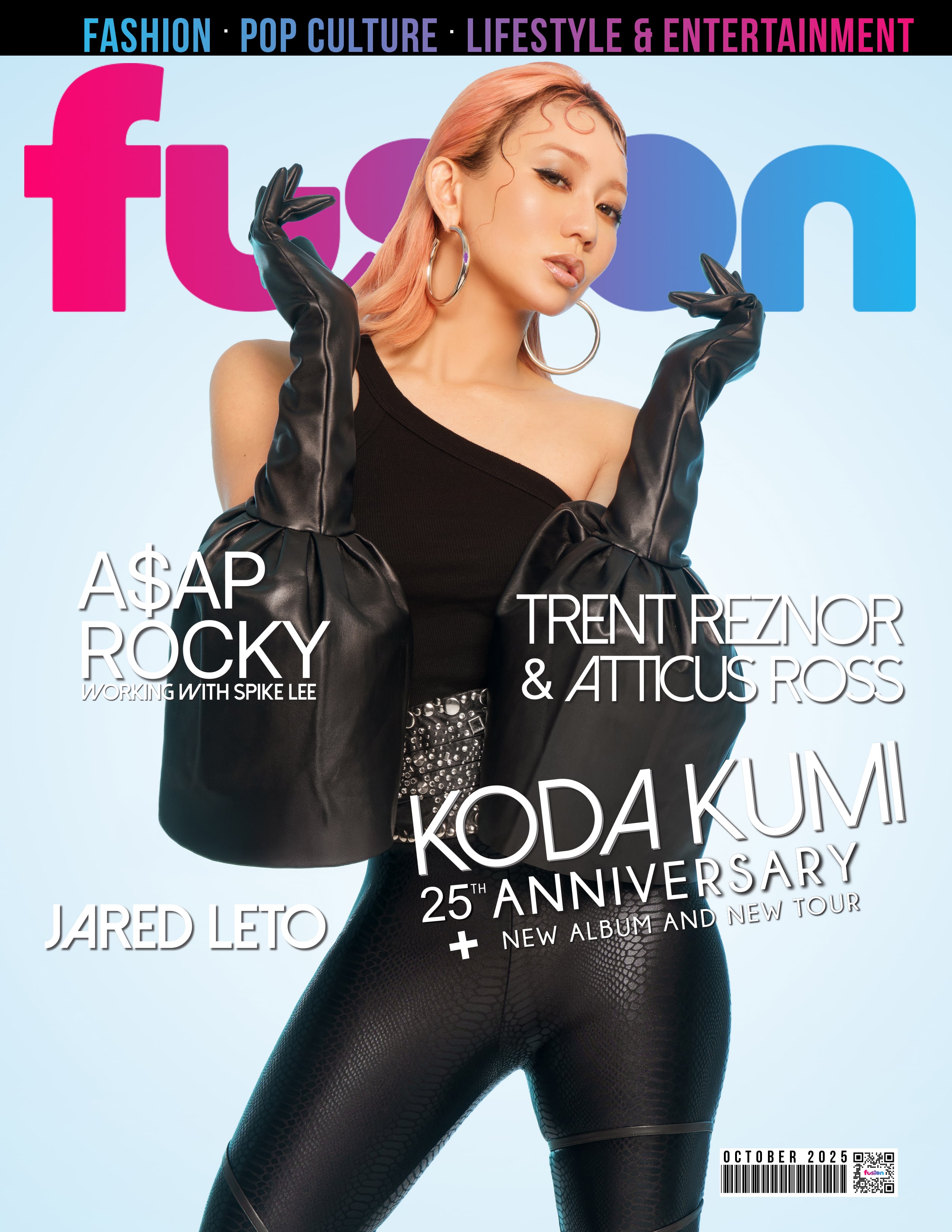The Red Carpet Crackdown at Cannes: When Fashion Meets Control
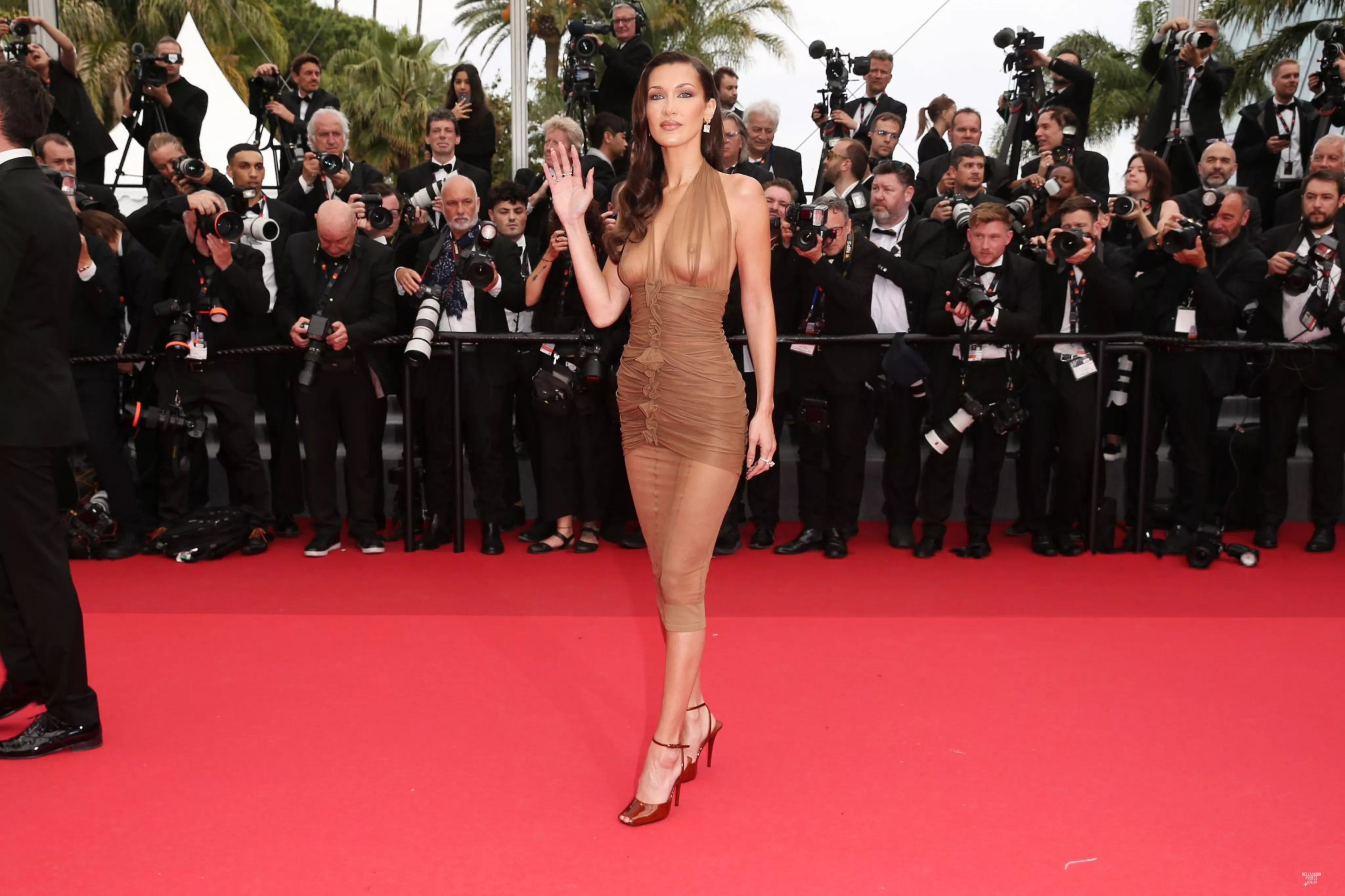
A Festival Known for Glamour
For decades, the Cannes Film Festival has been as much about fashion as it has been about cinema. The iconic red carpet became a catwalk for daring gowns, dramatic trains, and the kind of sheer “naked” dresses that regularly set social media alight. But in 2025, the festival made headlines of a different kind: it banned them.
This year, new rules explicitly forbid sheer gowns and dresses with oversized trains. Festival organizers cited reasons ranging from “decency” to “safety”—but in doing so, they ignited a global debate over expression, tradition, and control.
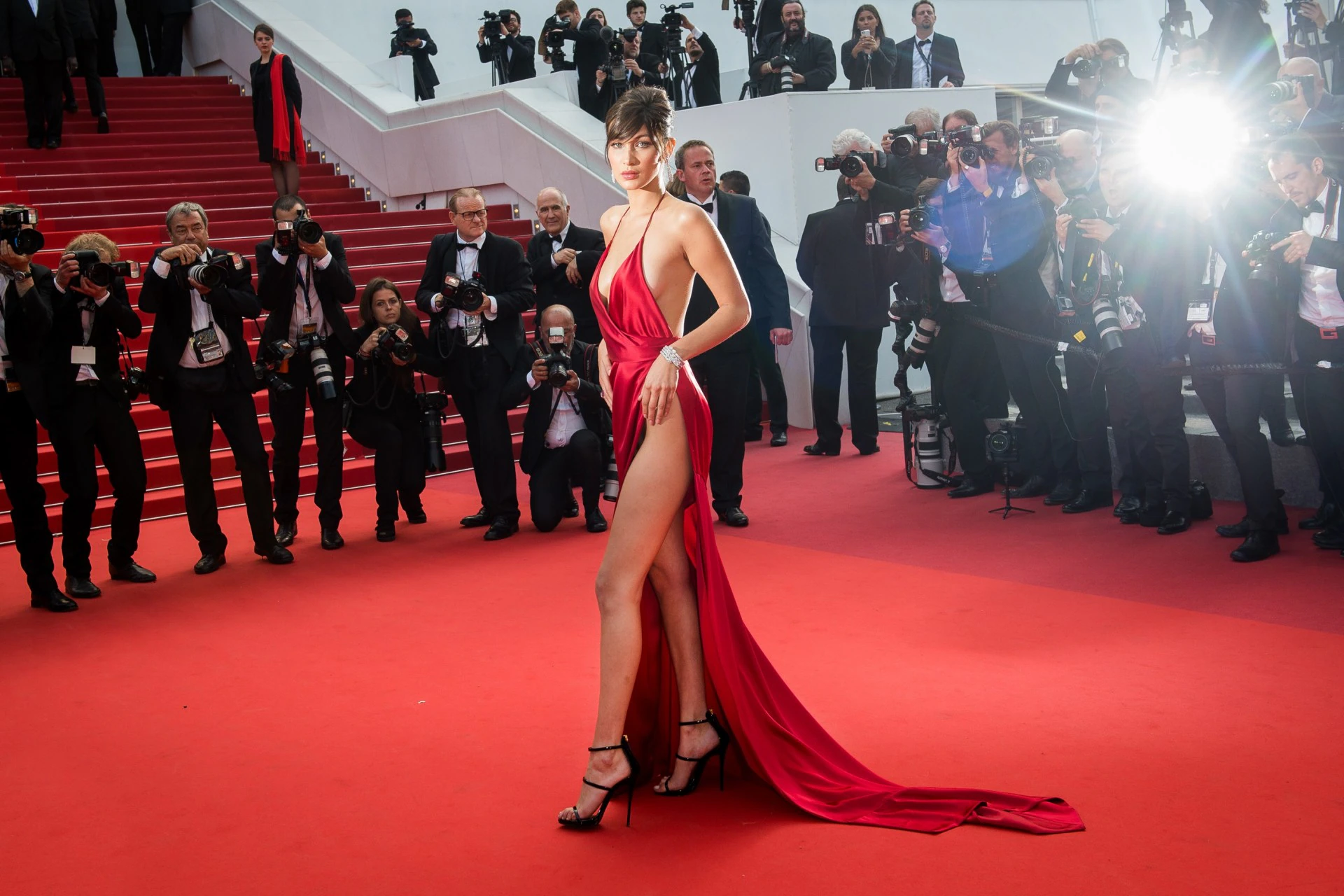
The New Rulebook
The official guidelines now steer attendees toward a narrow range of options:
- The little black dress or cocktail dress
- Tailored pantsuits or elegant tops with trousers
- Sophisticated footwear—flats and heels equally acceptable
Voluminous gowns and transparent fabrics, however, are off the list. The message is clear: Cannes wants the red carpet to function, not to become the main show.
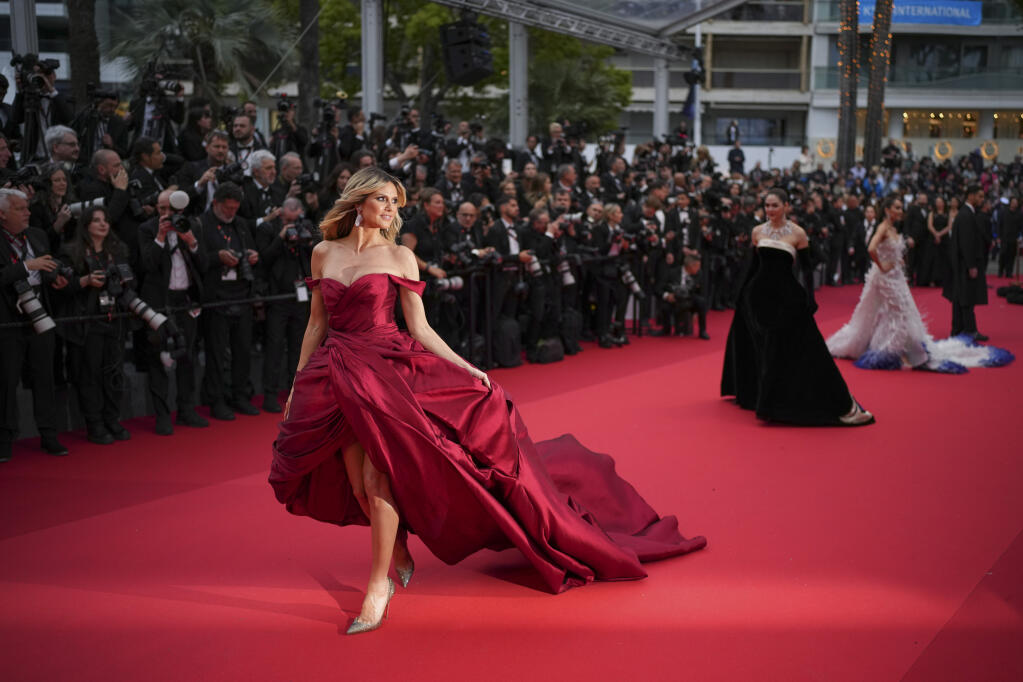
The Fashion Fallout
Predictably, the move ruffled feathers across the fashion industry. Stylists and designers who see the red carpet as a canvas for creativity were quick to condemn the ban. One well-known stylist quipped online: “Give me a sheer dress and I’ll show Cannes what’s truly decent.”
Critics argue the policy sanitizes what has always been one of Cannes’ defining features—the bold, unpredictable fashion moments that rival the premieres themselves. They point to past controversies, from the “heels-only” scandal of 2015 to restrictions on burkinis in nearby resorts, as proof that Cannes has long struggled with inclusivity and self-expression.
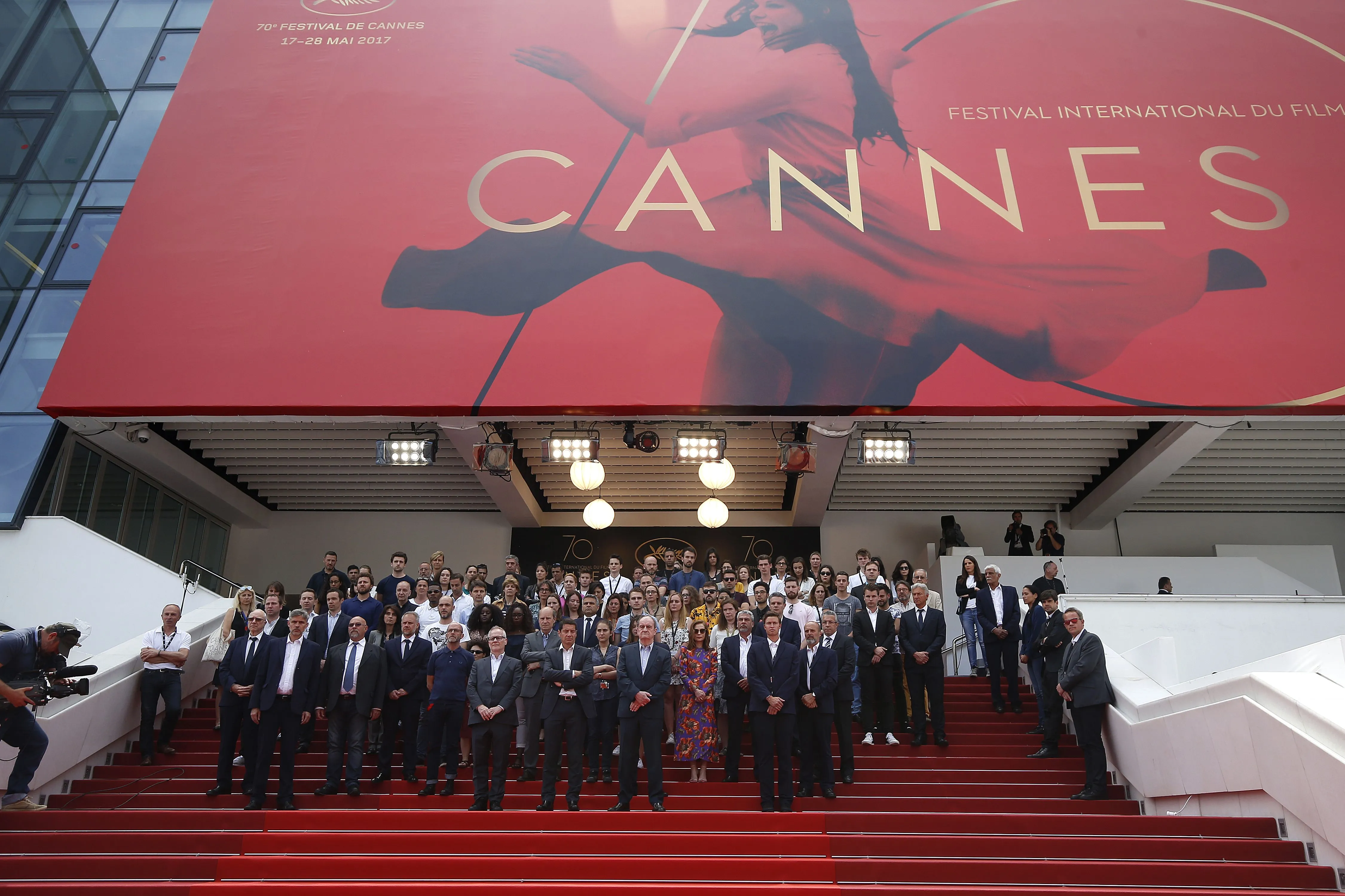
A Red Carpet Test Case
The rule’s bite became clear on opening night. Chinese actress Zhao Yingzi arrived in a glittering sheer gown and was swiftly escorted away. Officials insisted the dress broke the rules and that she overstayed her time on the carpet, but the incident dominated headlines, overshadowing the films premiering that evening.
Other stars, however, played the game more delicately. Crochet and sequined gowns appeared—layered just enough to stay on the right side of the rules. The result was a visual chess match: designers pushing boundaries, organizers holding the line.
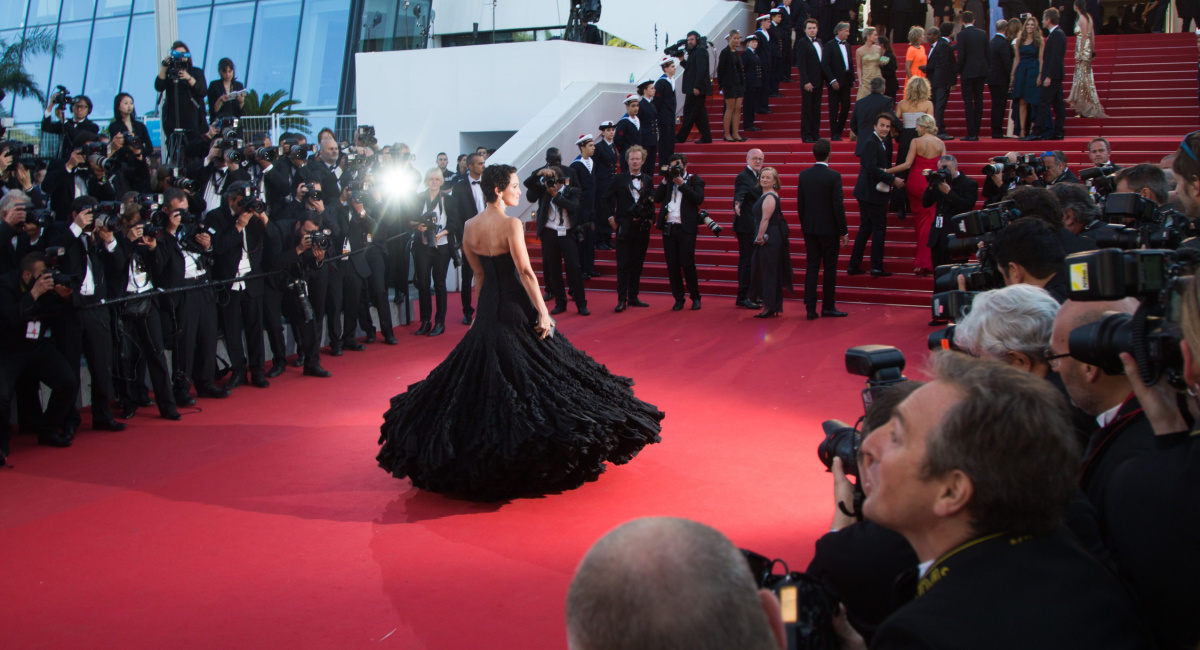
Who Decides What’s “Decent”?
Beyond fashion, the debate cuts to larger cultural questions. Supporters of the ban argue it re-centers the festival on cinema rather than spectacle, ensuring the red carpet doesn’t upstage the screen. Opponents counter that the restrictions reinforce patriarchal standards of modesty and strip away individuality.
For many, the controversy is less about fabric and more about freedom. Cannes has always thrived on excess and audacity—qualities now seemingly at odds with its leadership’s vision of refinement.
The Bigger Picture
As Cannes enters a new era, the red carpet has become a battleground for competing values: tradition versus change, expression versus control. Whether the festival’s crackdown succeeds or sparks a new wave of rebellion remains to be seen.
But one thing is certain: when the world looks back at Cannes 2025, it may not remember which film won the Palme d’Or—but it will remember the moment sheer dresses were declared too scandalous for cinema’s grandest stage.

